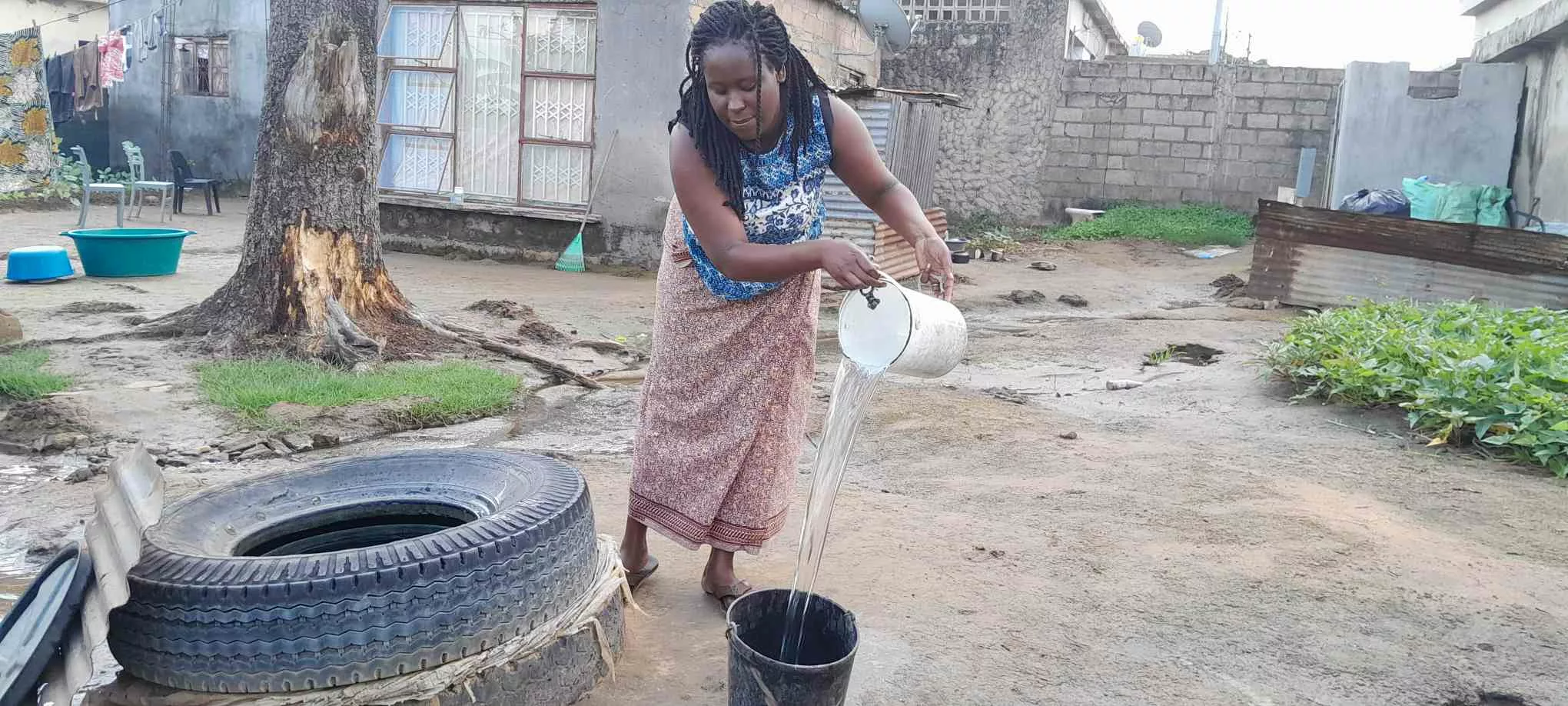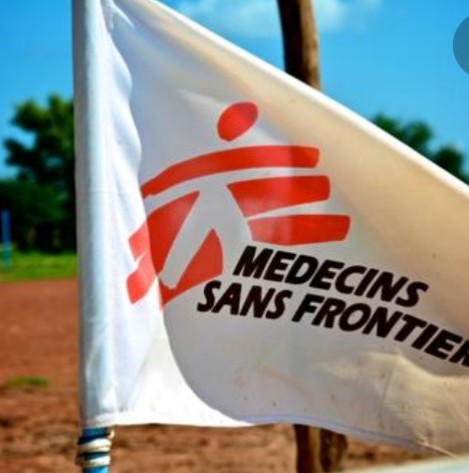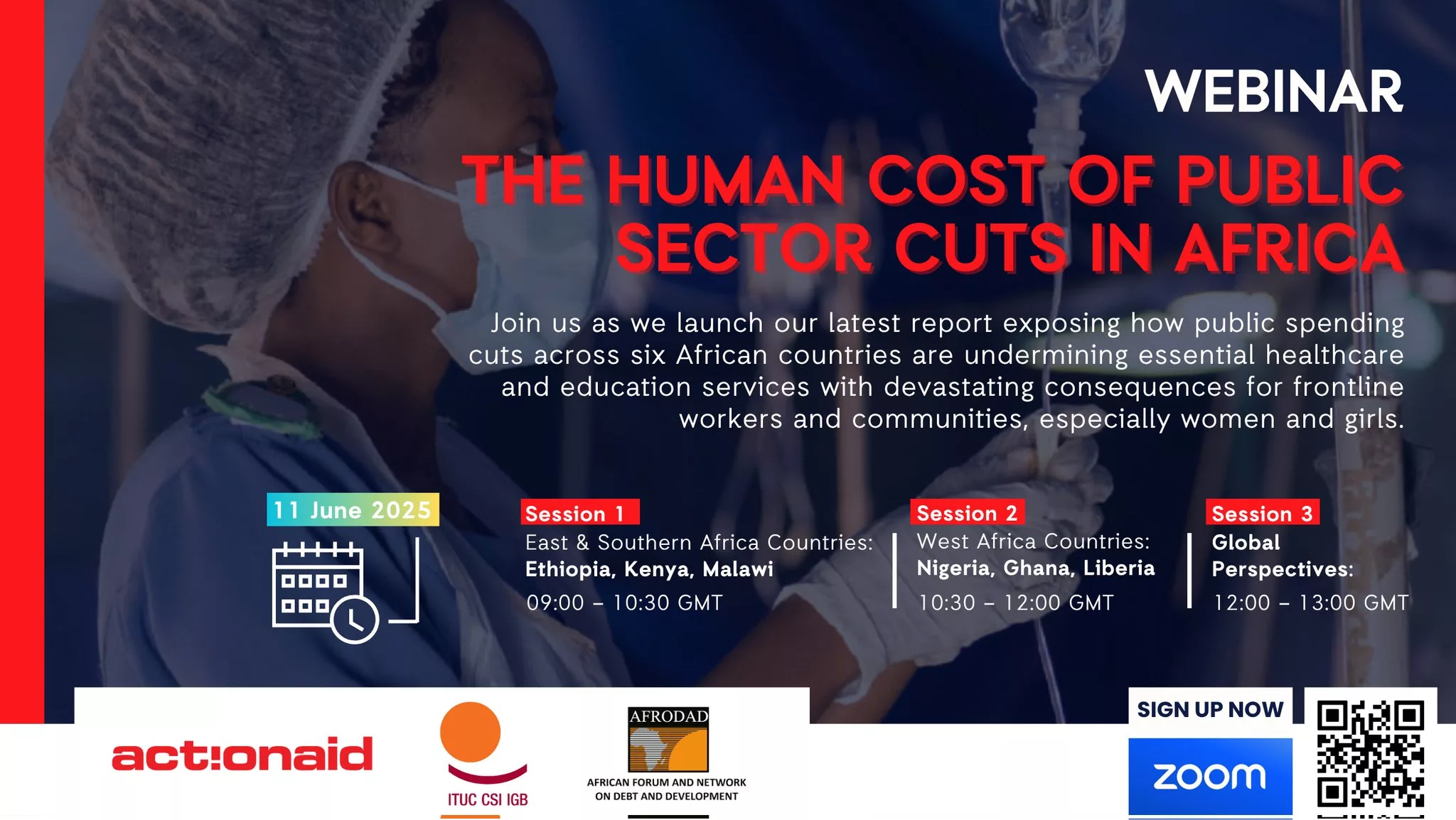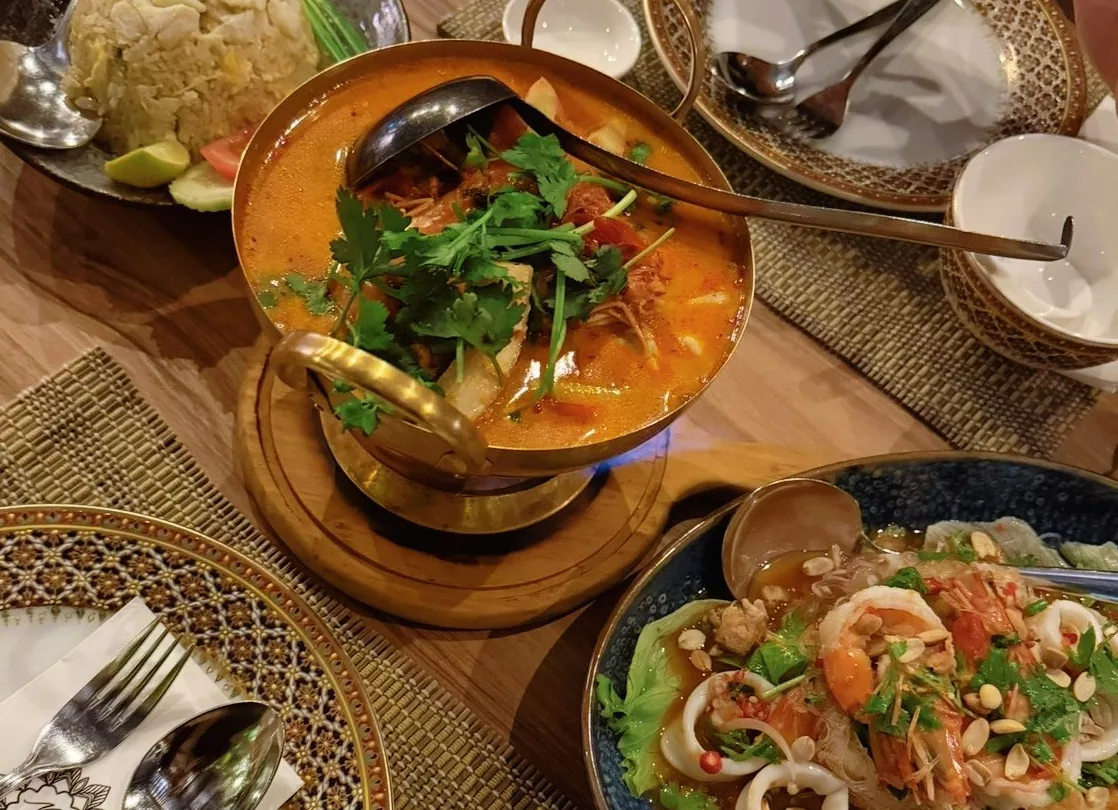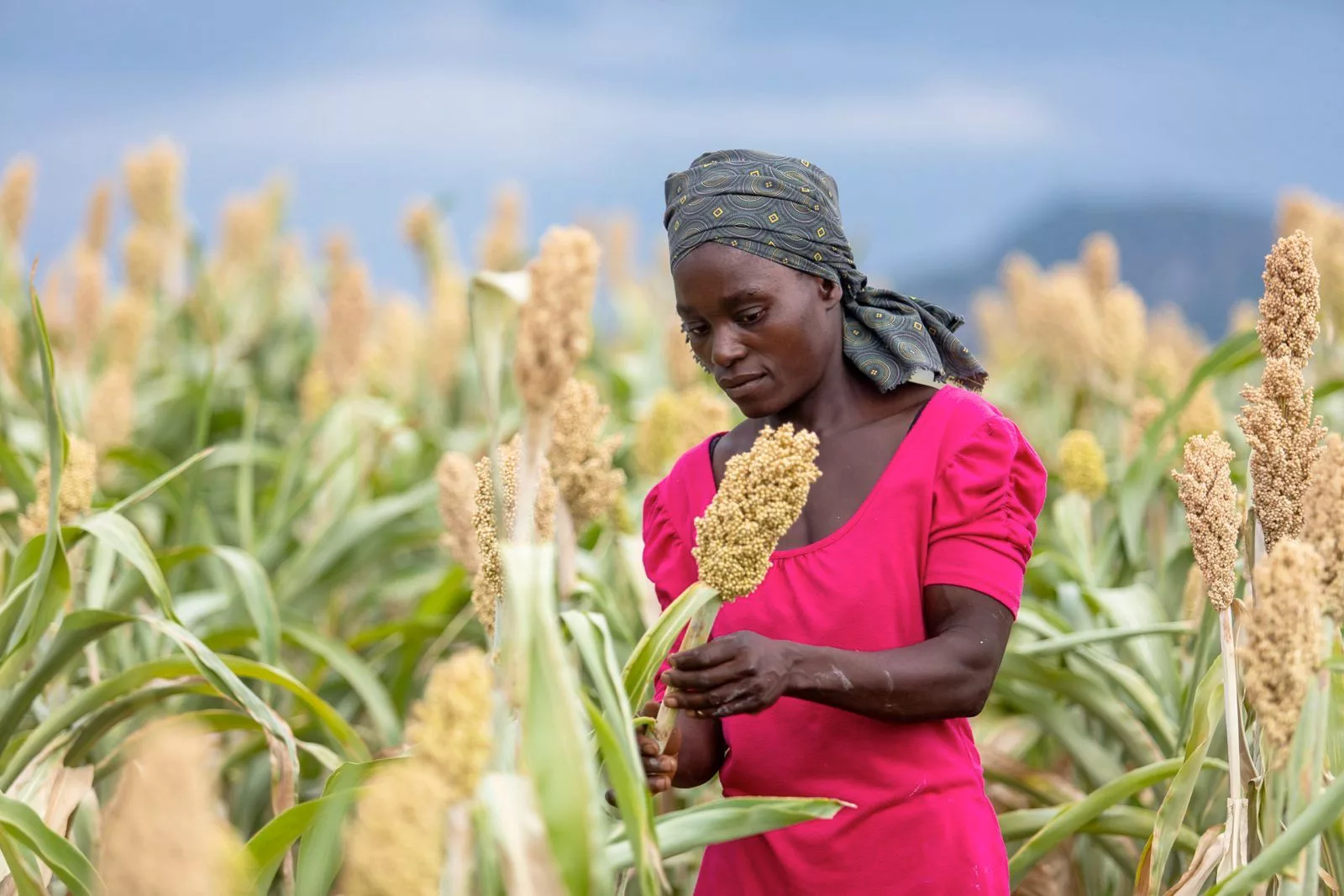|
Getting your Trinity Audio player ready...
|
Writes Charles Mangwiro
Maputo (Mozambique) – Climate change is undoubtedly the primary cause of water insecurity in Mozambique, a country with a history of cyclical flooding during the rainy season.
Mozambique also receives a lot of flood water from its neighbors, namely South Africa, Eswatini, Malawi, and Zimbabwe but still faces a crisis for safe drinking water and its agriculture. Every year, Mozambique grabs global news headlines because of flooding and cyclones which usually dump heavy rains.
The World Water Council (WWC) places Mozambique in the group of the eight worst countries in terms of drinking water supply, with less than 50 percent of its 31 million inhabitants having access to water suitable for human consumption.
This number speaks volumes, but it doesn't say it all, in the southern province of Inhambane, specifically in the districts of Govuro and Inhassoro, there is a population that, due to a lack of water sources, resorts to rainwater stagnant on the side of National Road No. 1 and shallow lakes to obtain the little liquid needed to survive.
Mozambique is highly vulnerable to climate change and is particularly expected to impact water through increases in droughts and floods, water scarcity, and water-borne diseases An elderly woman known in Govuro as Fatima told this reporter that they do not have access to purification products.
“We wash our clothes and drink the same water because of poverty. The water transmits diseases, but what can you do when you’re thirsty? ” She added “The rain that fell last week was a relief for many families who are living in despair; we are having a hard time because there is a lack of water. There is a borehole, but it is very far from our area. When we come back from our fields, tired, we cannot go to the borehole and we are thirsty.”
Fatima narrates one of Mozambique’s biggest water problems in a country with 25 rivers but access to clean water is still a privilege for a few in this country.
To obtain drinking water in some parts of Mozambique, populations have to travel kilometers carrying containers of all types. And often it is children who perform this task.
The drama in the southern province of Inhambane is not different from the one in the capital Maputo Maputo where some residents drink water drainage sewages.
In the high-density suburb of Polana Canico, residents go up to three days with no running water from their taps. Susana Armando wakes up very early in the morning looking for the precious liquid from any source, sometimes stagnant water.
“We don’t have water in our homes. All the people in the region are here looking for water. We are suffering,”, she says. She adds: “There is no water coming out, not even to wash the dishes. We have no alternative because there is no water coming out of the taps”.
Lack of water in Maputo forces citizens to resort to drainage ditches a situation that is seen almost every day on a shallow drainage ditch on Avenida 24 de Julho, next to the road that leads to the Maputo-Katembe bridge, there is a lot of road traffic that can put the lives of residents of the Malanga neighborhood at risk. They collect water from drainage ditches, even though it is unfit for consumption.
” A lot of people really can’t get clean water….”, said another woman, who did not want to be identified and was carrying four five-liter containers.
On one side, the Mozambican government blames the high number of drinking water providers operating without a license, putting the quality of service and the stability of the sector at risk.
In an interview, the head of the Department of River Basin Management at the National Directorate of Water Resource in Mozambique, Agostinho Vilanculos, said that licensing aims not only to protect the consumer but also the water providers that are already licensed and the entire system that makes up the water supply service process.
The official also addressed another concern related to the wastage of the precious liquid for reasons of various kinds.
“It was with great concern that we learned, through the reports by entities in the water sector, that a significant portion of the water that is treated and pumped for human consumption is lost for various reasons, leading to high costs for investments planned by the sector,” he said.
He explained that treated water not delivered to the consumer means treated water not being billed and not being reinvested in the system, and this is a concern for the sector.
To address some of these challenges and others related to water, Mozambique has become part of an African union Climate Change and Resilient Development Strategy and Action Plan (2022-2032) initiative that covers other 14 countries including Burundi, Central African Republic, Chad, Eswatini, Ghana, Guinea, Malawi, Mali, Morocco, Democratic Republic of Congo, Sierra Leone, Somalia, Tunisia, and Zambia.
This initiative recognizes the need for enhancing climate-resilient water systems. According to the National Technical Coordinator of the project in Mozambique, Jose Alvaro Malanco, the continental Africa Water Investment Programme (AIP), which was adopted by the Assembly of the African Union Heads of State and Government as part of the Programme for Infrastructure Development in Africa, seeks to leverage the investment in the water sector and its main objective will consist on trying to capacitate the 15 countries which are benefiting from the project and Mozambique is one of them that received $399,843 to accelerate the mobilization of investment to fill the gap in the water sector.
“This project is coming to support the countries to improve their capacity to prepare project pipelines for mobilization of resources which means water for everything, agriculture, even for drinking but I want to be clear, this project is not going to construct any borehole in the village or construct any irrigation system, but it is going to support countries to prepare what we call the climate water resilient investment programs in addition to support stakeholder consultations during the development of the climate resilient water investment programme” Jose Malanco said in an interview.
He added: “For example, it can be strengthening agriculture or it can be trying to build water infrastructure like small dams so that that water can benefit the community. So, this project is going to say, okay, what are the priorities in terms of investment in water? Maybe they can identify the construction of dams, construction of irrigation schemes, construction of resilient improvement of the early warning system for flood and drought, for example. So, this is one of the deliverable water-based programs and in that water-based programs we are going to also have the identified areas and the need in terms of finance. “


